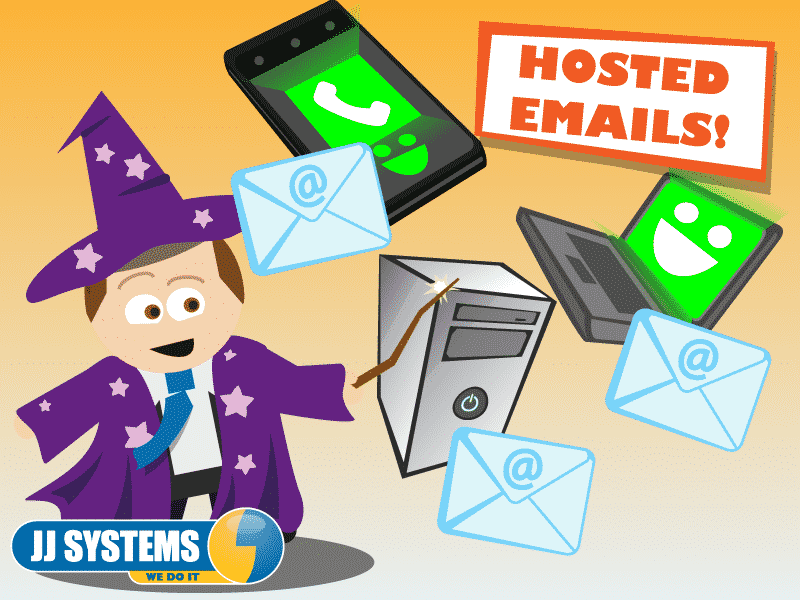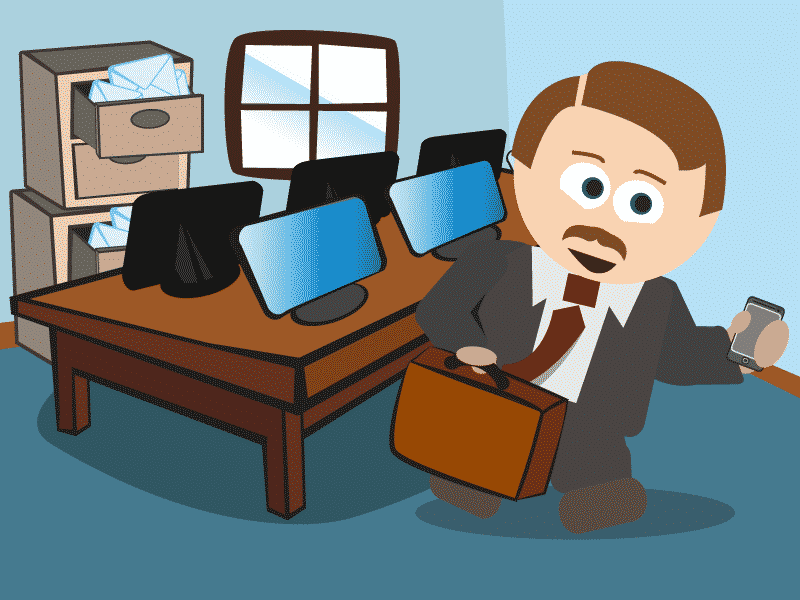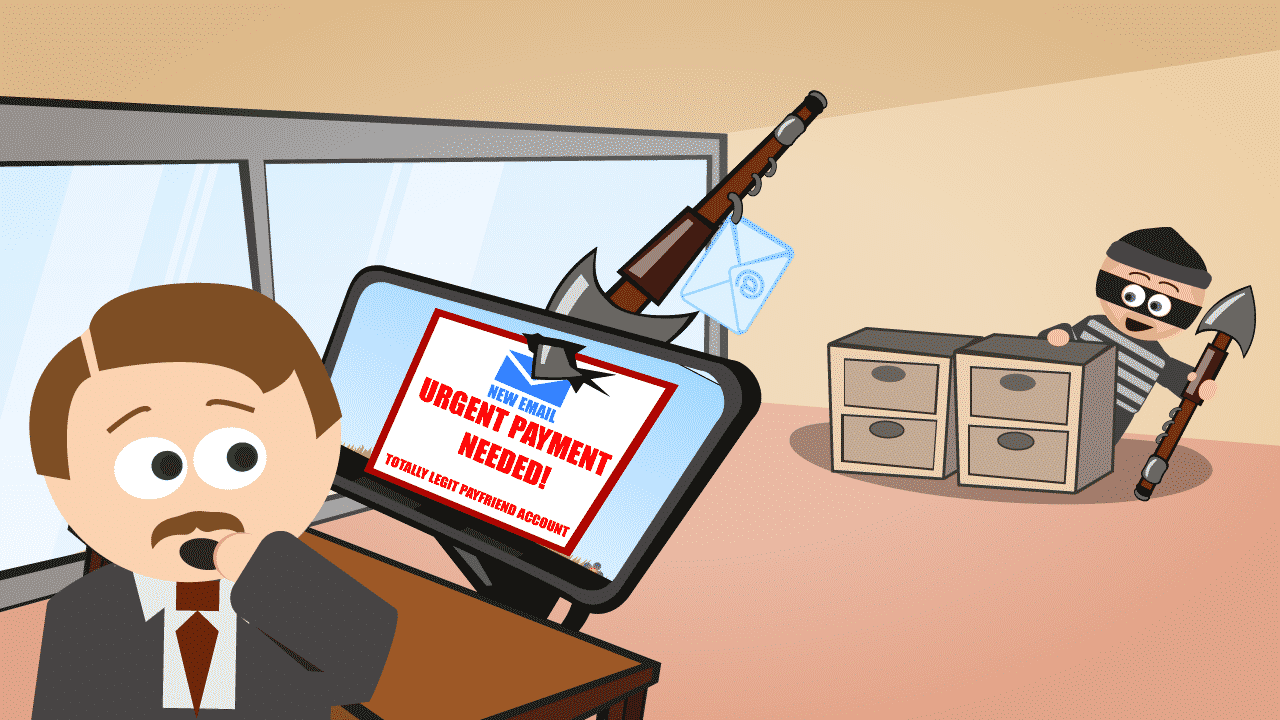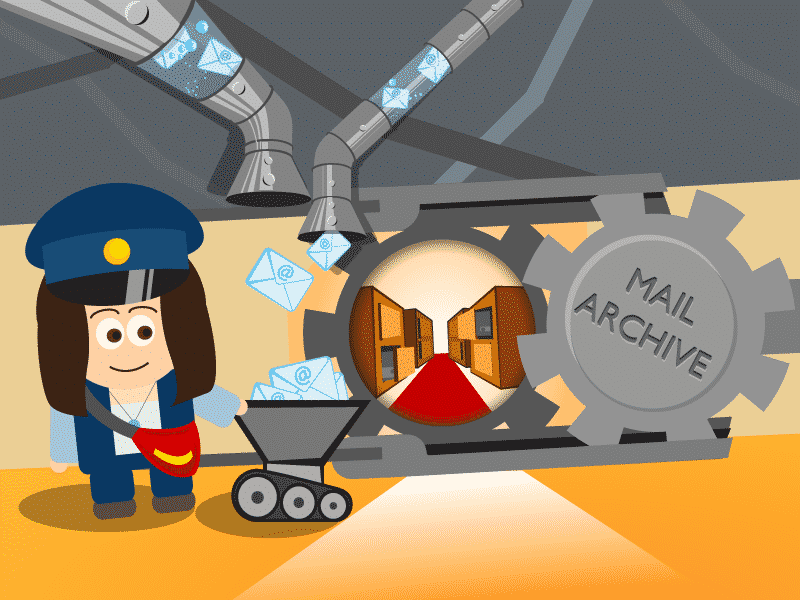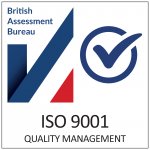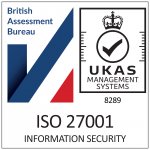The Etiquette of Email
Etiquette of email and manners are no less important in email communication that in the hand written note, or typed letter.
Whilst at school I was educated in letter writing, the correct placement of address, date, use of salutation and sign-off. Yet in today’s busy and fast paced business world I increasingly find contacts forget simple politeness in their communication rendering emails borderline offensive.
This is not an issue of generation, or even education as I feel certain many of my contacts were educated in establishments deemed far more prestigious than my own Comprehensive School.
What to Remember
It is important to remember that the first words in any communication can set the tone for how the reader receives the content and email is no different. None of us, as a rule, set out to upset our contacts, business or personal, yet all too often emails are written hastily, with no greeting, no politeness and certainly no thought as to the Reader’s feeling on receipt.
Perhaps it is not widely explained to users of email that it is considered the height of rudeness to send emails with certain content – so three simple rules move you away from being offensive
1. Don’t type in CAPITALS – it is considered to be shouting
For those of us who work with email and electronic communication it is offensive to view the email, even before the text is read
2. Never type only in lowercase
It looks sloppy and unprofessional – and is likely to make the Reader feel as if the sender does not care.
Take the time to format your email – it is after all only a few seconds.
3. Do not send a message only in the Subject line of an email
With no greeting, no sign off and no polite request – these communications appear rude and inconsiderate
Then consider the ‘Never’s’ – add four easy ones
- Try to never use emoticons, ‘text talk’ or abbreviations in professional communications
- Do not use priority flags, read receipts, the CC and BCC fields inappropriately
- Never forward Chain letters
- Don’t forward other peoples’ mailing lists or emails containing email addresses
Coupled with the ‘Never’s’ you need to add the ‘Always’.
There are some simple, but effective methods of ensuring you remain polite, positive and professional in your communication.
What to include
Always greet your reader politely
- Use a salutation Dear, Hello, Hi…. Which ever is most appropriate for the following email.
- Include a Subject Line which is appropriate and pertinent – not the message itself and do not misuse words like Important.
- Close your email appropriately, with the correct sign off – whether that is Kind Regards, With thanks etc.
- Always include your name and contact details – a professional signature block is an easy and simple way to achieve this
- Keep your email to the point, considered and grammatically correct. Where appropriate make it as personable as possible
Email communication is like any other impression, in the busy business world we form an opinion from our communciations about colleagues, suppliers, clients and contacts.
Remember that those people are forming opinions about you from your email. Perhaps you don’t care, perhaps your business doesn’t care, but with a small amount of effort and consideration you and your business can be more professional and well considered by others.
Consider a written email policy for your business which educates your staff and protects your business.
Employers are entitled to monitor staff email, but without a written email policy the employer could be considered as violating privacy rights. However do not need an employee’s consent if the monitoring is relevant to the business, procedures and standards.
This article is based on the personal opinion of Jacqueline Offen only.
Sources of information include:
Citizens Advice Bureau
http://www.adviceguide.org.uk/wales/work_w/work_rights_at_work_e/monitoring_at_work.htm
ACAS


